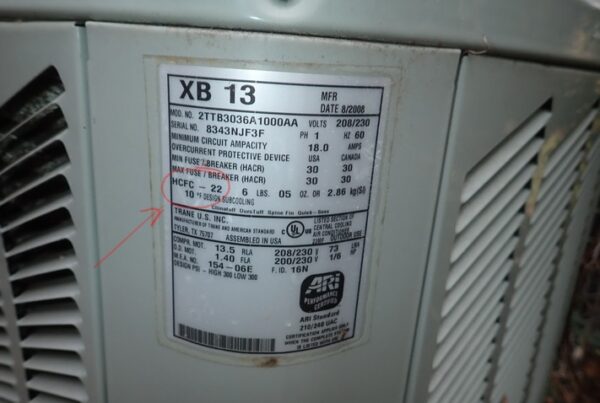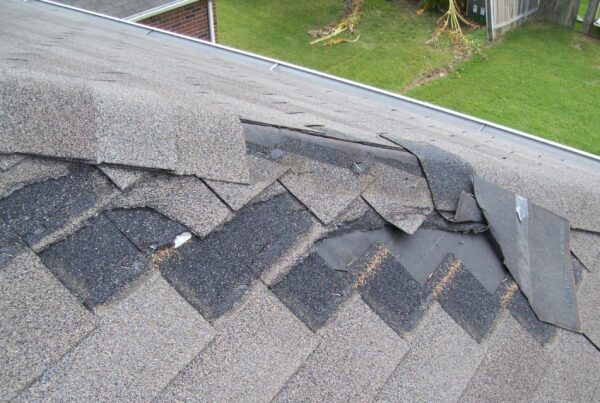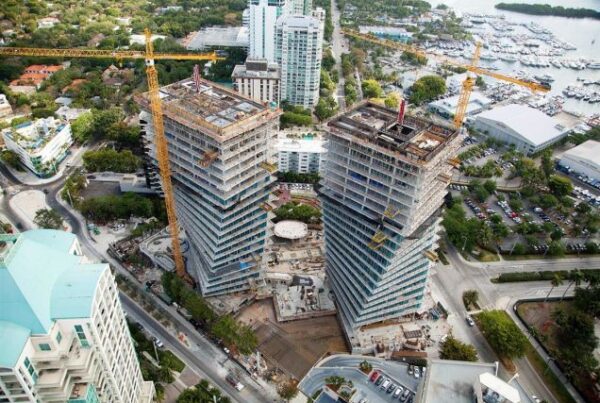By Gary J. Caruso PE of Criterium-Caruso Engineers
With all the current emphasis on going “Green” and conserving energy, one may wonder how to begin the process or even if to begin the process. While going “Green” may be quite appealing particularly for older condominiums, a careful review of the process can assess the practicality of the process. There are many improvements to the building systems that can provide energy savings, some are relatively simple and some are very complex. Early into the process, you will need to assess the practicality of upgrades in dollars and cents. Some aspects of a retrofit for energy efficiency of an existing building can be very expensive.
The process of energy auditing can encompass a wide range of study scopes. Generally accepted hierarchies of levels of study are as follows:
- Benchmarking – Benchmarking involves the review of the types of energy used in the building along with the historic utility use and costs. When possible, this data can be compared to the utility uses in similar buildings to benchmark relative efficiency and performance. Benchmarking will help determine if further analysis is desired, where further analysis is needed and the potential for energy savings. The utility bills should be reviewed to discover possible overbillings and to determine if utility rate structure modifications could benefit the energy costs for the building.
- Walk through Audit – A walk through by an experienced professional can discover simple and low cost improvements that can be readily implemented. Special emphasis should be put on the parts of the building where energy is used 24 hours a day. Examples of easily accomplished upgrades include lighting upgrades such as bulb replacement and installation of bi-level lighting (setups that change from dim to bright only when sensors detect foot-traffic), installation of lighting controls such as timers and photoelectric cells, installing covers on pools and spas and modification of garage ventilation fans. These steps can improve energy efficiency. Replacement of old inefficient appliances can add to the overall efficiency. Checking pipes and ducts for leaks can have an impact on the heating and cooling loads in the building. An infrared thermography audit may be performed to assess the extent of leakage and energy loss.
- Detailed/General Energy Audit – An energy use study is completed by a professional consultant. A comprehensive analysis of the building’s systems and any existing energy management systems is undertaken including on site measurements and computer simulation techniques. Some of the recommendations generated by this level of study will require significant initial costs and pay back periods will need to carefully reviewed and assessed. Some typical recommendations may involve upgrading boilers and central heating and cooling equipment, retrofitting the lighting system, adding variable speed drives to the fans and pumps, installation of a building automation and energy management system, replacement of older inefficient windows and doors and upgrading to solar energy where possible. This level of study would attempt to identify feasible energy saving alternatives and would include a financial analysis.
The value in upgrading for energy efficiency has been established. However, financial feasibility of energy upgrades can be elusive and will require careful study. The Federal and State governments along with private organizations are providing incentives and assistance in the quest for energy efficiency. Some of these resources can be further investigated by clicking the following link: Button Text.
*This article had been posted in the Fall 2013 edition of The Examiner.


